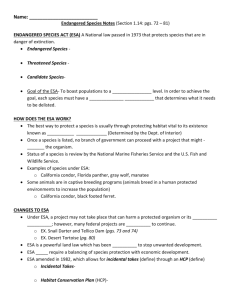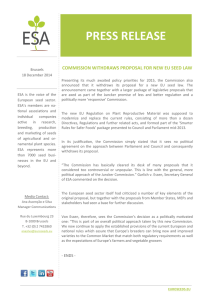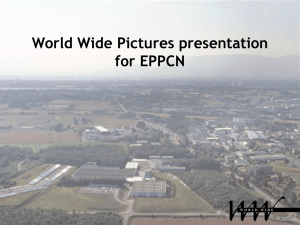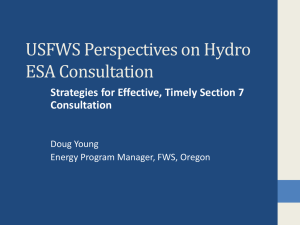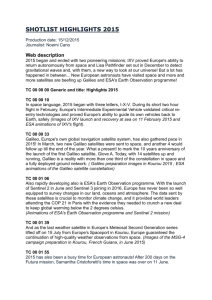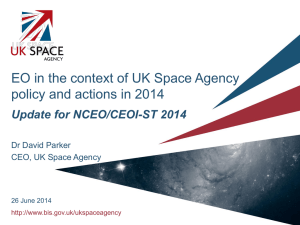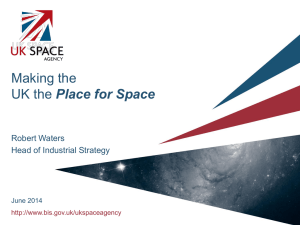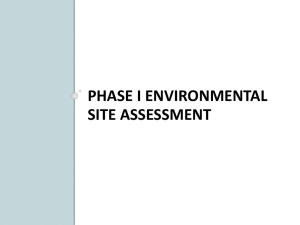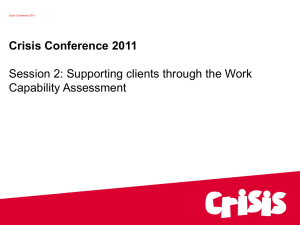EbSI-114624
advertisement
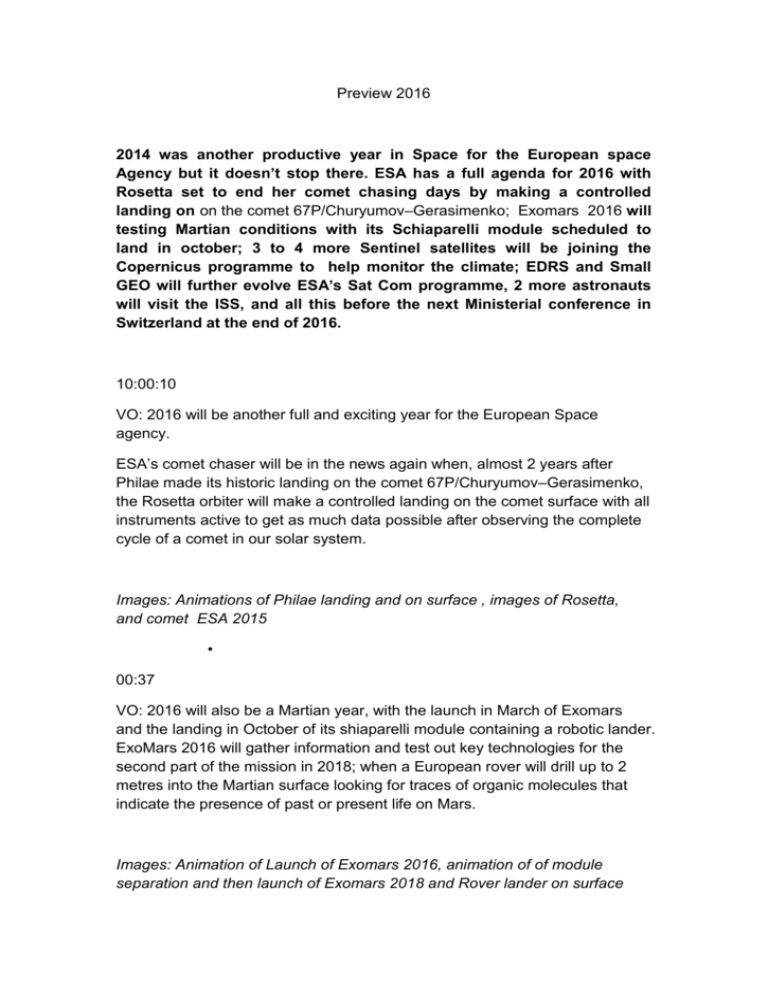
Preview 2016 2014 was another productive year in Space for the European space Agency but it doesn’t stop there. ESA has a full agenda for 2016 with Rosetta set to end her comet chasing days by making a controlled landing on on the comet 67P/Churyumov–Gerasimenko; Exomars 2016 will testing Martian conditions with its Schiaparelli module scheduled to land in october; 3 to 4 more Sentinel satellites will be joining the Copernicus programme to help monitor the climate; EDRS and Small GEO will further evolve ESA’s Sat Com programme, 2 more astronauts will visit the ISS, and all this before the next Ministerial conference in Switzerland at the end of 2016. 10:00:10 VO: 2016 will be another full and exciting year for the European Space agency. ESA’s comet chaser will be in the news again when, almost 2 years after Philae made its historic landing on the comet 67P/Churyumov–Gerasimenko, the Rosetta orbiter will make a controlled landing on the comet surface with all instruments active to get as much data possible after observing the complete cycle of a comet in our solar system. Images: Animations of Philae landing and on surface , images of Rosetta, and comet ESA 2015 • 00:37 VO: 2016 will also be a Martian year, with the launch in March of Exomars and the landing in October of its shiaparelli module containing a robotic lander. ExoMars 2016 will gather information and test out key technologies for the second part of the mission in 2018; when a European rover will drill up to 2 metres into the Martian surface looking for traces of organic molecules that indicate the presence of past or present life on Mars. Images: Animation of Launch of Exomars 2016, animation of of module separation and then launch of Exomars 2018 and Rover lander on surface taking mesurements, ESA Dec 2015 01:07 But it’s not all space exploration, ESA’s Earth observation programme will see the launch of 3 to 4 more Sentinel satellites. These spacecraft are part of a 6mission programme, with each mission made up of a 2 satellite constellation looking at a specific area. Sentinel is the space element of Copernicus, the world’s largest environmental monitoring system, operated by the European Commission and providing highly accurate measurements of the Earth’s oceans, land, ice and atmosphere. Images- Sentinel in clean room, ESA Thalis Alenia-Cannes 29/9/15/ Animation, sentinel-3 360° view – December 2014 – ESA , Animation, globe environment monitoring, maps – December 2014 - ESA 01:40 In 2016 ESA will also continue to build its Galileo satellite navigation programme - with the launch of 4 more satellites from Kourou in French Guiana set to join the existing satellites on orbit. With more than one third of the constellation up and running; Galileo early services are expected by end of the year. Images - Galileosatellites in orbit and Galileo Groundsegment from space and full gallileo constellation, unknown date -ESA Galileo in cleanroom, assembly – Kourou, French-Guiana – Nov 2015 - ESA 02:00 ESA will take one more step forward in telecommunications, with the launch early in 2016 of the first part of its European Data Relay System. EDRS is a ‘space data network’ that will significantly speed up the flow of information between low orbit satellites and their ground stations, improving the reaction time of a wide range of operations such as disaster monitoring, emergency operations and coastal and maritime surveillance. Images: EDRS in cleanroom, Toulouse, France – 07/11/2014– ESA, Animation: EDRS in orbit receiving data from sentinel and sending it to the ground , November 2014 – ESA 02:30 Towards the end of the year, ESA will see the launch of the first ‘SmallGEO’ platform on Ariane 5 - the AG1 satellite under a public–private partnership with operator Hispasat (Spain). SmallGeo should boost European industry’s ability to play a significant role in the commercial satellite communications market. Images: Ariane 5 launch, Ariane Spaceport, KOUROU, French-Guiana – 05/07/2012 – ESA, Animation SmallGeo in space – November 2012 –ESA 00:49 In 2016, as always, ESA astronauts will play a full role in the running of the International Space Station. Timothy Peake, the first British ESA astronaut to visit the ISS, will be coming back in June after a 6-month mission. And in November, the youngest member of the European astronaut corps, Frenchman Thomas Pesquet, will be travelling up on a Soyuz spacecraft to take his turn aboard the ISS. Images: Tim Peake, ESA astronaut, pre launch and hatch-opening, 15 /12/2015. Then Thomas Pesquet from ESA astronauts training at Star City, 28/10/2014 03:14 Finally at the end of 2016; ESA’s ministerial conference will take place at Lucerne in Switzerland - a key rendezvous for decisions about the future of Europe in Space. Images - ESA Ministerial Conference: Luxembourg, 7/12/2014, 03:25 - End of A-roll B-Roll Timothy peake, ESA astronaut Pre Launch 15 december 2015 END 07:20
